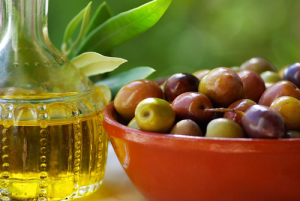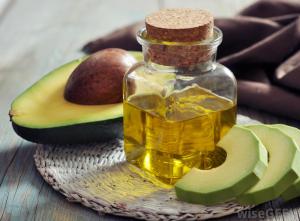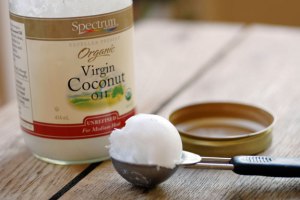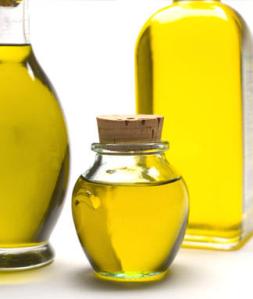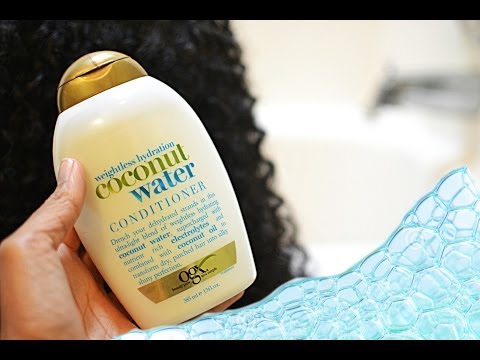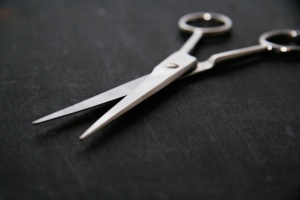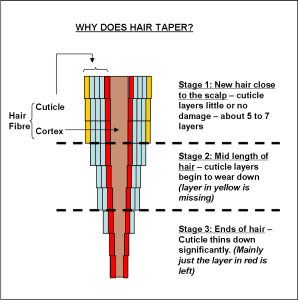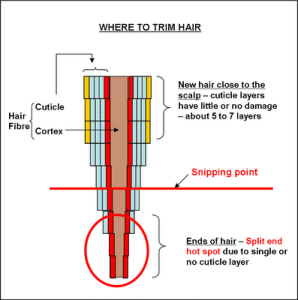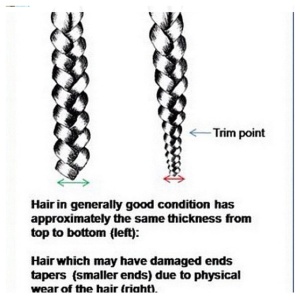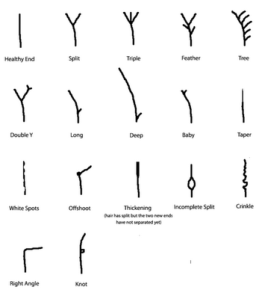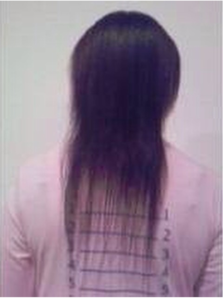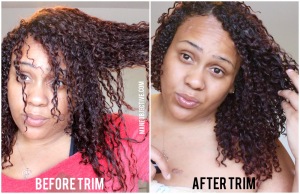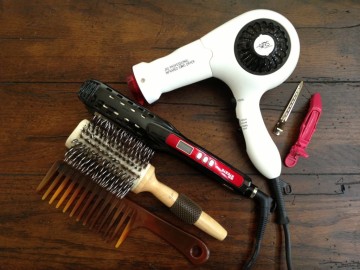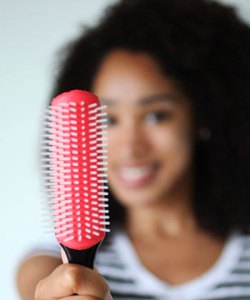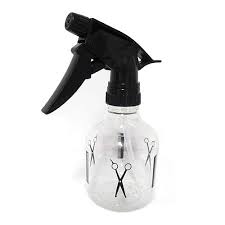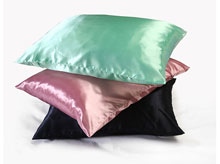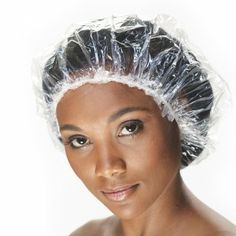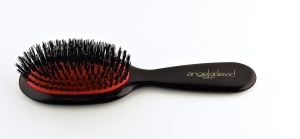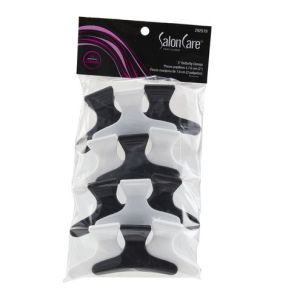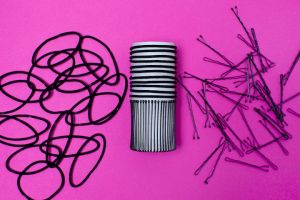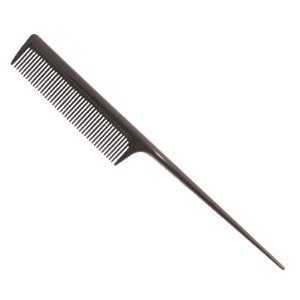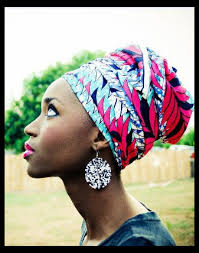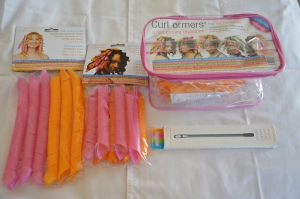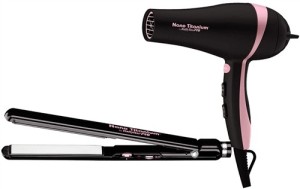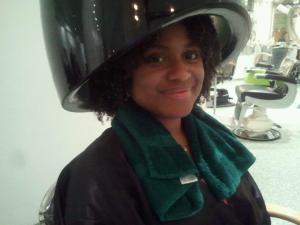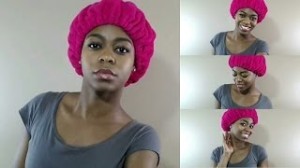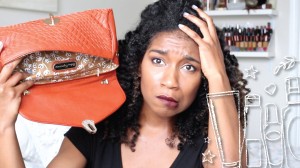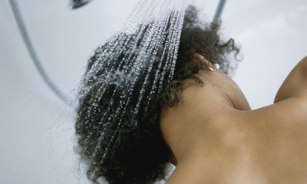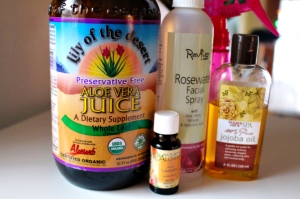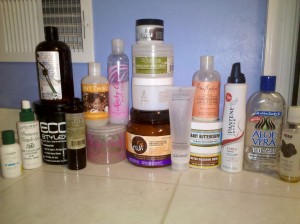Hey guys! ❤ Naturacurls here with a list of great oils for natural hair, PLUS the purpose and benefits of it for hair. Note that this doesn’t go in any order.
1. Jojoba Oil: Jojoba oil is unique because it closely resembles our own scalp’s natural sebum, which is awesome for scalp massages. It also works really well as a sealant after washing your hair or moisturizing to seal in the moisture. It strengthens hair follicles, and doesn’t interfere with your natural oils since it’s so close to it (psst water-only washing; learn more here). It’s also rich in Vitamins A, B1, B2, B6, and E. Finally, it promotes hair growth and is hypoallergenic. Now let’s just give jojoba oil a round of applause for all its great benefits! ❤
2. Castor Oil: Castor oil is a very thick oil that is commonly used on the ends to prevent split ends and on the scalp to improve circulation thus helping to grow hair. It also works really well as a sealant to keep all the moisture in your hair, and since it’s thick I’d recommend using it for high porosity hair since it tends to lose moisture quickly. It adds shine to your hair, reduces frizz, and helps reduce premature greying. It’s great to combine this with other oils for many benefits and to dilute it a bit. This oil gets an A+! 😉
3. Avocado Oil: Avocado Oil is the opposite of Castor Oil in thickness. It’s a light oil that can be easily absorbed into the scalp, and is a great base for essential oils since it’s so light. So if it’s being absorbed what is being put on your scalp? Monounsaturated fatty acids, Vitamin E, and phytosterols, which together helps to nourish and protect your hair, stimulate growth, and unclog blocked follicles even! It revives hair that has been damaged in some sort (styling, relaxing, etc.) and is great for anyone prone to split ends and frizzy hair. Lastly, avocado oil helps to retain moisture, of course not applied alone, but to retain the water. DIY oil mixture for a relaxing hot oil treatment? Oh yeah.
4. Coconut Oil: No list of oils is dare completed without the famous Coconut Oil, one of the most if not most popular and used oil for natural hair! Coconut Oil is one of the few oils that can penetrate deep into the hair strands making it an extra boost plus a light sealant when you moisturize with water. It’s rich in Vitamin E and helps reduce frizz, and prevents damage from hygral fatigue. A bit off topic but let me stop here and tell you what hygral fatigue is and a myth that really need to be busted:
Hygral fatigue is when you over-moisturize your hair. When you add water to your hair, the cuticles slightly lift up and the hair swells. Nothing bad, but if your cuticles keep going up and down and up and down from adding water too much everything gets messed up and your cuticles become damaged, plus when you stetch out shrunken hair it won’t shrink back up, and becomes weak, breaks easily, mushy and “soft” (not the good kind of soft). How much water you can put on your hair before it becomes damaged depends on the person’s hair, but I found out a lot of people still barely use water on their hair except wash days which is on average 5-14 days for most people. When I mist my hair 2 times a day people complain that I’ll get hygral fatigue. This not true. There’s a difference between lightly misting which might not even make the tiniest difference in cuticle raising, and constantly drenching your hair stretching cuticle to the maximum. Just had to say that. Plus, if you put water frequently into your hair like me (following Naptural85’s frequent washing theory watch video here) be sure to incorporate a polar oil (oils that protect from hygral fatigue eg: coconut oil, jojoba oil, olive oil, and avocado oil) to your regime. Everyone’s hair is different, so just in case.
5. Olive Oil: Olive oil is an oil with a pretty middle-ground consistency, not light but not heavy either, and is another penetrative oil. It’s a great and loyal sealant to have to ensure moisture is kept into your hair, and helps with dandruff, itchy and dry scalps, and overall scalp health. It prevents hair loss and stimulates hair growth when massaged onto your scalp. So you have a great healthy scalp and an aid in hair growth! ❤
6. Canola Oil: The last and most uncommon oil on this list is canola oil/rapeseed oil! Didn’t see that coming, did you? 😉 Canola oil is a very inexpensive oil that you probably already have, that is a perfect carrier oil (oils to dilute essential oils) and hot oil treatment. Since it’s widely used in cooking a loottt are refined, so this was my emergency oil when there was no olive oil available. It’s nothing special, seals in moisture, lightweight. It does have nutrients such as vitamin E and omega 3 and 6, but you’d have to get a higher quality version (which I don’t have) to reap the benefits. It still gets a round of applause anyways! xD
So this wraps it all up. I might do a Part 2 of this, and maybe an essential oil version if you’d wish, but eh. I’ll think about it. Hope the info was helpful, and if there are any articles in general you would like me to do feel free to comment below 🙂 I certainly learned a lot of things from the many sources (The sources below aren’t even all of it) and now have a bit of a new love for researching.
~Naturacurls
SOURCES: http://blackhair.about.com/od/products/tp/10-Great-Oils-for-Black-Hair.htm, http://blackgirllonghair.com/2011/11/8-herbs-oils-that-promote-hair-growth/, http://www.naturalhairrules.com/10-oils-natural-hair/. https://www.nenonatural.com/hair-blog/8-benefits-of-castor-oil-for-natural-hair-a-warning, https://www.nenonatural.com/hair-blog/the-benefits-of-avocado-oil-on-natural-hair, http://www.thenaturalhavenbloom.com/2012/08/does-your-hair-have-hygral-fatigue.html

